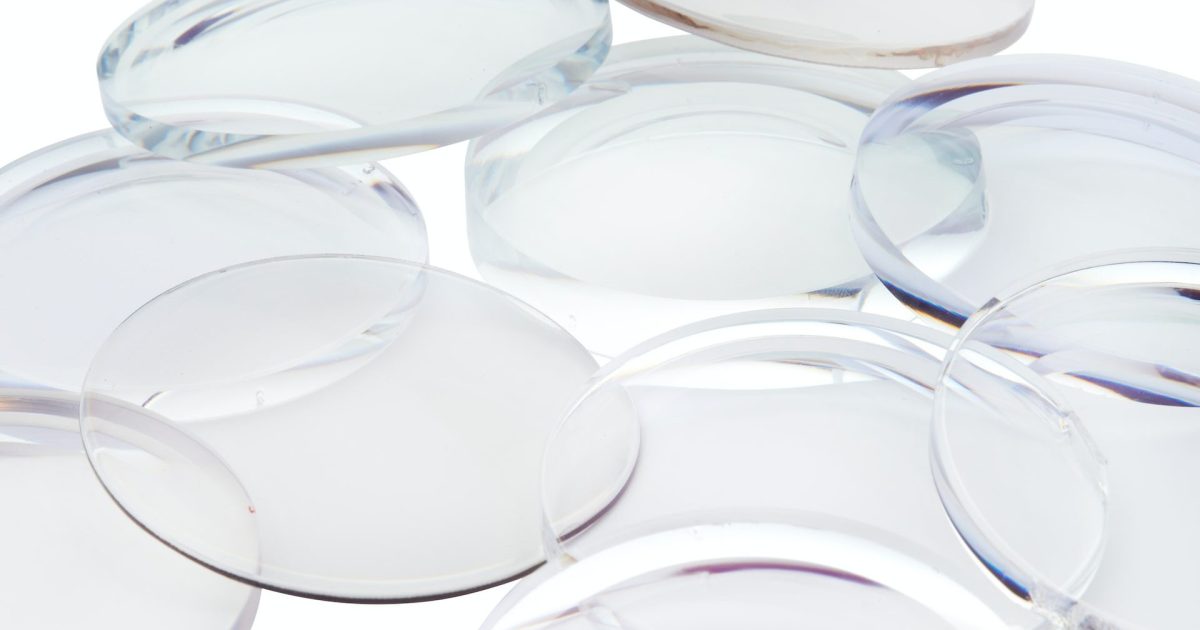Why some people can’t wear contact lenses
Article by Chew’s Optics Specialist. 30 October 2022

Spectacles can feel bulky and inconvenient to wear all day, every day. For these reasons, many spectacle-wearers flock towards contact lenses as an alternative solution for their vision correction needs. Here’s the unfortunate reality: Not everyone can wear contact lenses.
Think you might be one of them? Here are some factors that rule out contact lenses as a viable vision correction option.
1. Contact lens intolerance
The first, most obvious condition that makes contact lenses ill-suited to you is contact lens intolerance. This is when you experience discomfort and a stinging pain while wearing contacts, sometimes even resulting in eye irritation, dry eyes and corneal abrasions.
This condition may be remedied by allowing your eyes to rest and ensuring you’re well-hydrated. If dry eyes are the main side effect for you, another solution is to use eye drops to reduce any inflammation and friction.
One thing to note is that similar symptoms may occur when you’ve worn your contact lenses the wrong way, which can also damage your eyes in the long run and cause discomfort. Here’s a quick guide to check if you’re doing it right.
If you’ve done all you can and wearing contact lenses remains an uncomfortable experience, you can explore other vision correction options (like sticking to spectacles) or consult a seasoned Singapore optometrist to recommend contact lenses made from alternative, more suitable material.
2. Recurrent dry eyes
Some people suffer from inadequate tear flow. Whether it’s a result of ageing, certain medical conditions or prolonged contact lens use, your body’s inability to produce enough liquid tears might make you an unsuitable candidate for contact lenses.
Because your contact lenses are in direct contact with your eyes, you might risk hurting your eye health if there’s not enough lubrication. Without a healthy amount of tears, your contacts will dry out easily, which can lead to corneal changes and more serious eye infections.
It’s paramount for you to get a comprehensive eye exam with an optometrist in Singapore, who can then assess your eye health and any conditions you might have, and suggest contact lens alternatives. Your optometrist might also recommend dry-eyes-friendly contacts such as rigid gas-permeable lenses, and arrange for regular follow-ups to ensure you’re adjusting well to them.
3. Eye allergies
If you experience allergic reactions when wearing contact lenses, it may be your contact lens cleaning solution that’s causing the discomfort. A simple way to remedy this is to visit your optometrist and get suggestions on alternative cleaning solutions, which are designed specifically for sensitive eyes.
Still not working? You’re better off switching to spectacles for the time being.
4. Blepharitis
Also known as inflammation of the eyelids, blepharitis can occur when the oil glands in your eyes are clogged, or when there are too much bacteria on your eyelids. And this is how it looks: Your eyelids may become swollen and red, and dandruff-like flakes may form on your lashes.
Blepharitis comes in two forms – anterior blepharitis affects the outer part of your eye, where your eyelashes and eyelids meet; posterior blepharitis affects the inner edge, where the eyelid touches your eyes.
It’s no doubt that wearing contact lenses when you have blepharitis would be a highly unpleasant experience, perhaps even further irritating your eyes. But more than that, the build-up of bacteria from your condition can also lead to an infection.
For those with mild symptoms of blepharitis, our Chew’s Optics optometrists can offer guidance to help manage them – so there might be a chance contact lenses are still a viable option for you!

How to find out if you should switch to contact lenses
Step 1: Book an appointment with an optometrist at Chew’s Optics.
Step 2: Attend your contact lens examination. Our optometrist will conduct a general eye check, an evaluation of your lifestyle and needs, and a series of eye measurements and tests. Read more on what to expect at your first contact lens exam here.
Step 3: Get personalised recommendations from us. Once you’re done with your contact lens exam, we’ll be able to determine if your eyes are able to handle contact lenses. We’ll also tailor our contact lens recommendations according to your current eye health and prescription.
Step 4: If you’re deemed suitable for contact lenses, you can pick them up from Chew’s Optics’ optical shop and try them out for a week.
Step 5: After one week, go for a follow-up exam. Our optometrist will address any issues you may have faced – such as if you’re struggling to adjust to the new contacts – and examine your cornea to ensure the contact lenses haven’t caused any damage.
Step 6: Everything’s going smoothly? Welcome to your new life as a contact lens wearer!
Visit Chew’s Optics, your neighbourhood optical one-stop shop, at 144 Teck Whye Lane, #01-211. We’re open daily except for Mondays. For further enquiries, contact us at +65 8314 7093.
